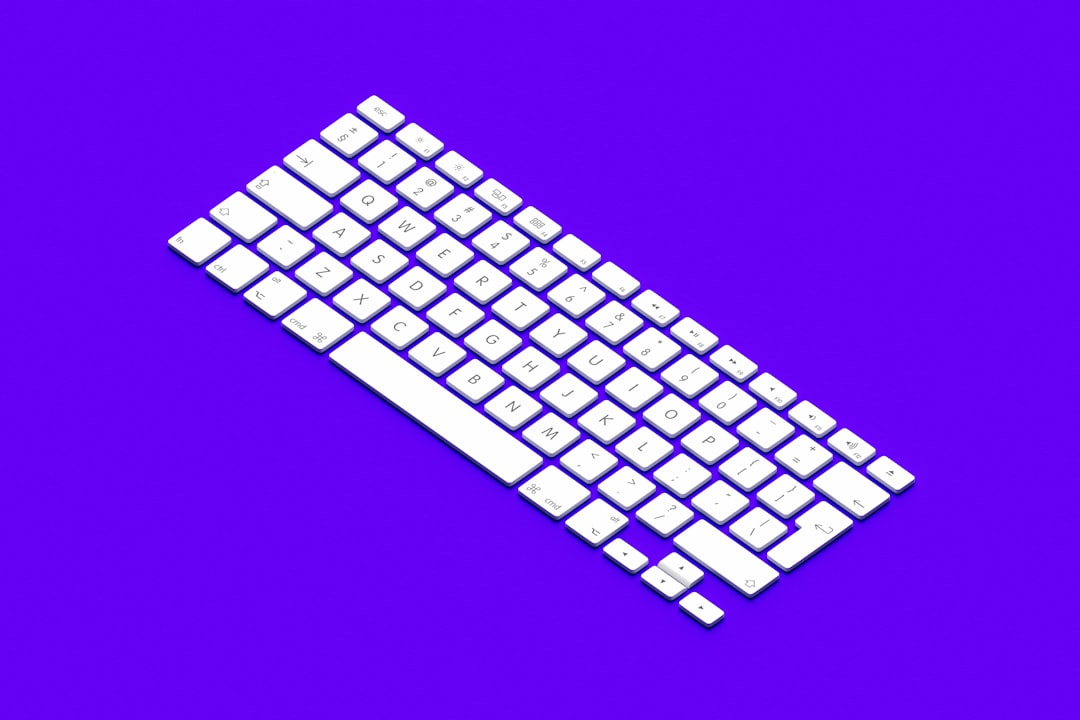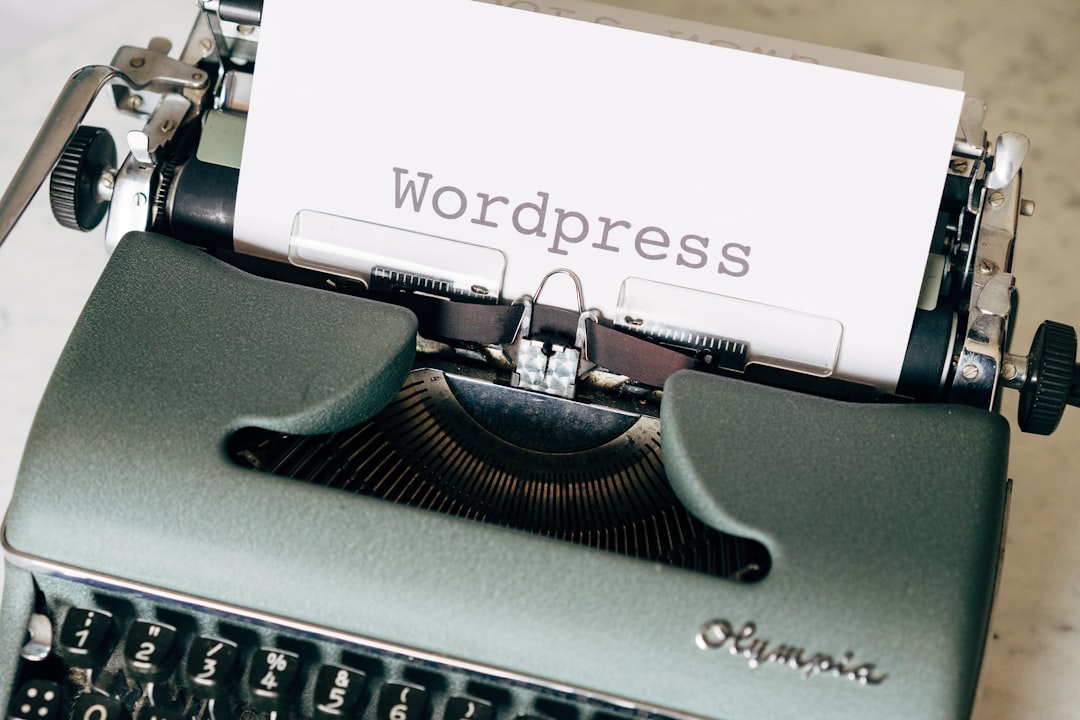One of the most frustrating experiences for WordPress users, especially beginners, is discovering that the “Appearance > Menu” option is missing from the dashboard. Menus are essential for organizing the navigation structure of a website, so losing access to this functionality can bring a project to a halt. But don’t worry—there are specific reasons why this happens, and in most cases, it can be fixed quickly and easily.
In this article, we’ll explore the possible causes of the missing menu option and walk you through several methods to restore it.
Why the Menu Option Might Be Missing
There are multiple reasons you might not see the Menus option under Appearance in your WordPress admin dashboard. Here are the most common:
- User role limitations – Not all user roles have the capability to manage menus.
- Theme-related issues – Some themes may not support WordPress menus or haven’t registered them properly.
- Plugin conflicts – Certain plugins can interfere with WordPress functionality, including menu visibility.
- Multisite installations – In a WordPress multisite network, menu settings behave differently than in a standalone site.
- Corrupted core files or database – Data corruption or missing core files may cause menu management to disappear.
Let’s dive into each of these causes and learn how to resolve them step by step.
1. Check Your User Role and Permissions
WordPress includes different user roles such as Administrator, Editor, Author, Contributor, and Subscriber. Only administrators have full access to site settings, including menus.
Solution:
- Log in to your WordPress admin area.
- Go to Users > All Users and check your role.
- If you are not an Administrator, ask someone who is to either change your role or manage the menu on your behalf.
If you are the site owner and don’t have administrator privileges, you may need to reset user roles by using a plugin like User Role Editor.
2. Switch to a Default WordPress Theme
Some themes don’t register support for menus properly, which means the menus may not appear in your dashboard.
Solution:
- Go to Appearance > Themes.
- Activate a default WordPress theme such as Twenty Twenty-One or Twenty Twenty-Three.
- Check if the Menus option reappears under Appearance.
If switching the theme helps, there may be an issue with your current theme’s functions.php file. Ensure that your theme includes this line of code:
add_theme_support('menus');Without this, WordPress won’t recognize the theme as menu-friendly.

3. Deactivate Plugins to Resolve Conflicts
Some plugins can override or hide certain WordPress menu items. For instance, custom admin dashboard plugins or security tools might limit what appears based on settings.
Solution:
- Go to Plugins > Installed Plugins.
- Deactivate all active plugins temporarily.
- Check if the Menus option appears under Appearance.
If it reappears, activate your plugins one by one to determine which one is causing the issue. Once identified, check if the plugin has settings that allow you to control admin menu visibility.
4. Address Multisite Limitations
If your WordPress installation is part of a Multisite Network, appearance settings can behave differently across subsites.
In multisite mode, some themes and capabilities can only be managed at the network admin level.
Solution:
- Make sure that menus are supported by the theme used for the subsite.
- Log in as a Super Admin and visit Network Admin > Themes.
- Ensure the active theme is Network Enabled.
You may also need to install a plugin like User Role Editor to fine-tune access permissions across a multisite environment.
5. Restore Core WordPress Files
If none of the above solutions help, there may be corrupted WordPress core files causing the issue.
Solution:
- Download a fresh copy of WordPress from wordpress.org.
- Upload everything except the
wp-contentfolder via FTP or File Manager. - This keeps your themes and plugins intact while replacing the core files.
Always take a full site backup before replacing any files.
After this process, check your dashboard to see if the Menus option is now available.
6. Clean Up the Database
Sometimes, the database entries that handle menu functionalities become malformed or corrupted.
You can use a plugin such as WP Optimize or Advanced Database Cleaner to:
- Remove orphaned options or entries from the database.
- Optimize and repair database tables.
Run a scan and cleanup, then refresh your admin dashboard to check if the menu option has returned.

7. Use the Theme Customizer as a Workaround
If you still can’t see the Menus option in the sidebar, you can navigate through the Theme Customizer:
- Go to Appearance > Customize > Menus.
- From there, you can view, add, or edit menus directly.
While this isn’t a long-term solution, it’s a good temporary workaround when trying to make small changes to your navigation structure.
Final Thoughts
Missing the Appearance > Menus option can feel like a major setback, but it’s usually a symptom of something small—be it a theme quirk, user role, or plugin conflict. By following the steps above, you can systematically troubleshoot and identify the exact cause. Once you know what’s wrong, fixing the issue is usually straightforward.
To avoid this problem in the future:
- Choose well-coded themes that follow WordPress standards.
- Keep plugins minimal and install only those from trusted sources.
- Regularly back up your site and perform database optimizations.
With this guide, you now have the knowledge to fix the issue and restore your website’s navigational control with confidence. Happy editing!


